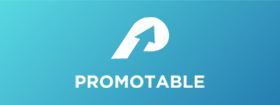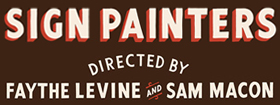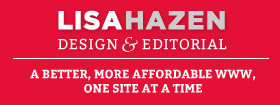Ivy Kim
Designer
Primary design concentration:
Design: Product, User Interface, User Experience
Most preferred tools for designing:
Adobe Illustrator and Photoshop, Pen, Sketchbook
How and why did you choose to become a designer?
A desire to communicate with everyone. Early on, I enjoyed building, creating, drawing a lot, which led to having a curious mindset to learn more about art. Having deep passion and love for the arts created the path towards design, which aims to solve.
What are some of the challenges you encounter as a designer and how do you deal with them?
Challenges arise when we have differing viewpoints. As a designer, we are asked to solve products visually, which perhaps, is quicker and more satisfying through well-thought out, crafted processes and collaboration. Those are opportunities that you can’t miss—to shine and be a maker.
What is your definition of an “elegant solution,” that is, good design?
Elegant solutions are the opposite of bad design. We recognize when design is bad, good design is there to remind us of an intended purpose communicated clearly. There is a dance—when elegance comes to play—that delights the user like visual candy. IDEO, Frog Design, John Maeda, Susan Kare, and Edward Tufte are some heroes that exemplify elegant solutions in design.
From skills to values, what makes a designer successful?
Definitely a combination of skills. Besides owning a nice arsenal of skills, there is also hard work, combined with curiosity, working well with your cohorts, expressing them using the best avenues and channels. As a visual designer in the Tech sector, understanding how to work effectively across cross-functional teams: corporate, startups, product, growth, sales, engineering, and more. In the San Francisco area, being able to work with heroes is what we celebrate at The Glint and CreativeMornings, and connecting with the like-minded illustrious folks at Designer Fund.
How do you stay motivated and grow personally and professionally as a designer?
Explore what is new! Finding ways to constantly feed your mind-gifts by way of design and aesthetics. Sometimes, we can challenge beauty by disruption and breaking some of the rules—they are meant to be broken, so we can continue the evolution of our collective consciousness.
For those aspiring to become a designer, whatever the discipline, what is your advice?
Respect for ideals we’ve learned from the past, apply them to our learnings, and proliferate the notion to inspire others.
What is your quest in design, from a professional practice, education or evolution standpoint?
Make something that is relevant.
Previous: Julia Jamieson | Next: Jena Buckwell

Support Design Feast via Patreon
This self-made project and its related efforts constitute a gracious obsession. The intention is to give a wholehearted and timely serving—as much as possible—of creative culture. If you gain a level of motivation, knowledge, even delight, from the hundreds of interviews plus write-ups here at Design Feast, and are able to contribute, please become a Patron with a recurring monthly donation. Thank you for your consideration!
Stay healthy and keep creating throughout the year!
Wishing you much success,
Nate Burgos, Content Creator & Publisher



Comments
There are no comments yet.
Leave Your Comment